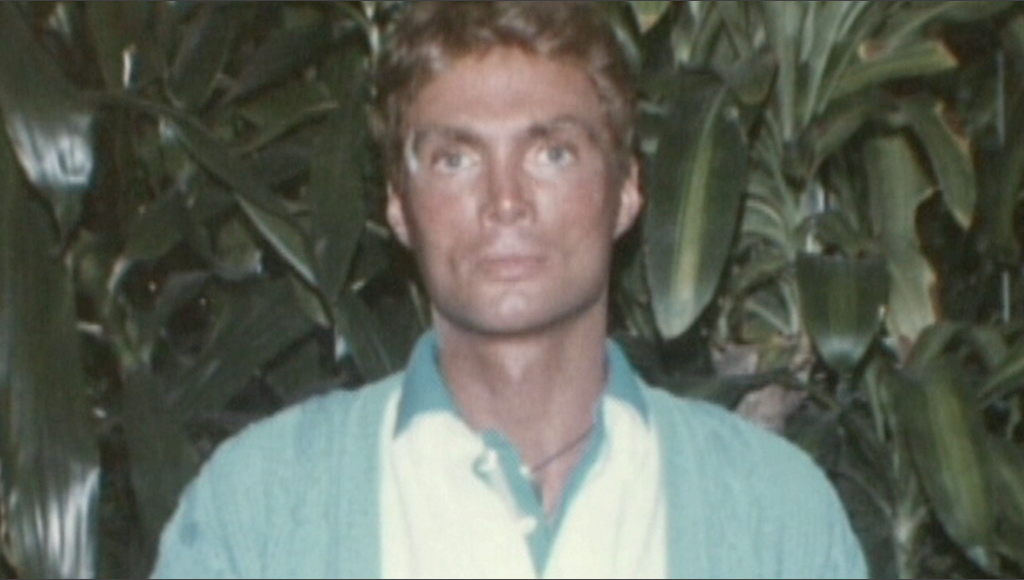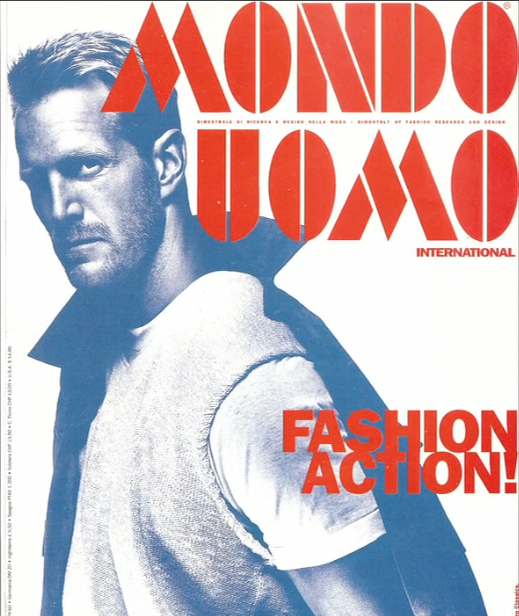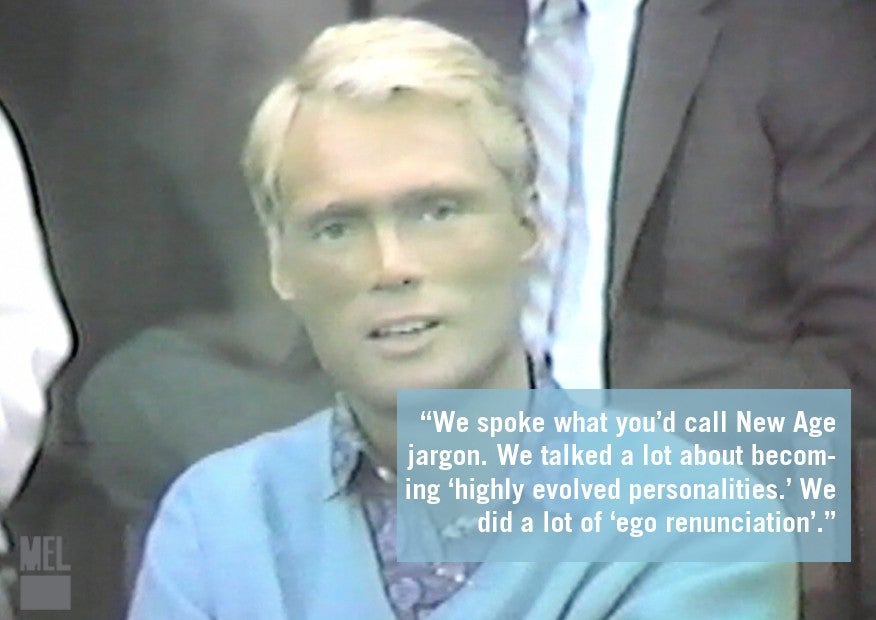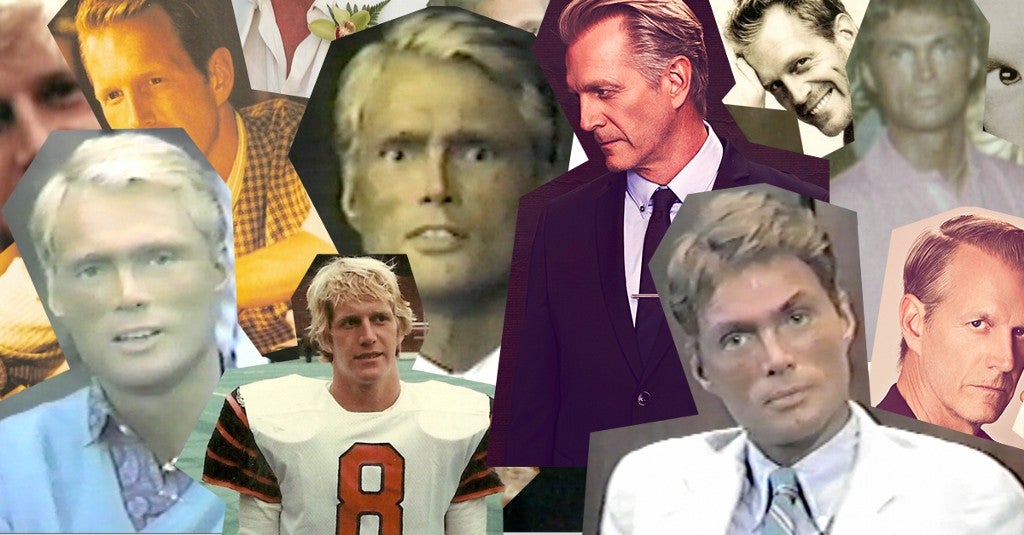When you’ve been in a cult and you meet new people at a dinner party, you’re never quite sure when to bring it up. But I know one thing: If I do bring it up, nobody ever finds my story boring.
The cult was called Eternal Values. There was a big Vanity Fair exposé at one point in the early ‘90s; I was involved with them for more than 20 years, from 1978 through 1999.
The leader was a man named Frederick Von Mierers. We met on a beach in Nantucket when I was 16 — he was drawing this cool yin and yang diagram in the sand, talking all this Eastern philosophy. He was older and cool and unbelievably charismatic. When you’re 16 and going through a rebellious stage, having an adult who will talk to you like an adult really gets your attention. I saw him again the next summer; two years later, when I went to Princeton, I started visiting him in Manhattan. On the weekends I would bring up a couple friends with me from school. We would party, go to Studio 54 and crash at his apartment.

In my mind I was working him, kind of taking advantage of this guy and all his cool connections. He told us to call him Freddy. He claimed to be an alien reincarnated from the distant star Arcturus. He said he had come to Earth to warn people of an impending apocalypse, and to train his students to become leaders in the aftermath.
He lived in this awesome apartment and had all these young, intelligent and wealthy followers. It was the go-go ‘80s. There were a lot of drugs and greed in the air, but we considered ourselves people who were seeking a greater understanding of the universe. Freddy did astrological charts and life readings. He also sold gems to his followers, a practice he said he’d adopted from a Hindu belief in the healing properties of certain precious stones. “The gems are God’s thoughts condensed,” he always told us. Within the group, the number of gems and carats possessed was treated as a sign of devoutness. Over the years, I spent more than $150,000 on gems. They all came with bogus appraisals. Later, when I got out and sold them, I found out they were worth less than $8,000.
The whole time I was involved with Eternal Values, I was working pretty successfully as a model. I’d hurt my shoulder playing football at Princeton; I’d come to the city for a doctor’s appointment. Purely by coincidence I met a modeling agent; the next summer I was cast in a big ad campaign for Geoffrey Banks. After that things were pretty crazy. I’d fly to Tokyo for a shoot and have to be back by Monday to take an exam; I was proud I was able to graduate with my class, in 1985.
As my career picked up, people began calling me the first male supermodel. It was right at that time when models were becoming celebrities. I hung out with Cindy Crawford, Linda Evangelista, Christy Turlington and Naomi Campbell. I worked with photographers like Bruce Weber, Richard Avedon and Helmut Newton. In 1992, the Italian men’s magazine Mondo Uomo did a 58 page spread on me.

Meanwhile, after every job, people would be going off to parties at, like Madonna’s, and I would fly back to my life in Eternal Values. We all lived together in the same apartment building. The inner circle called itself “the group.” At its peak, there were about 100 active members, some at the Manhattan apartment, some in a big loft building in Brooklyn. We spoke what you’d call New Age jargon. We talked a lot about becoming “highly evolved personalities.” We did a lot of “ego renunciation.” Freddy talked a lot about the coming apocalypse, which made the need for personal wealth and relationships unnecessary. I gave Freddy every penny I earned. We thought the end was at hand. Who needed money?
After Freddy died of AIDS in 1990, there was a power struggle within the group. Freddy’s successors were even more extreme. Without Freddy to focus on, there were an increasing number of strict rules and codes of punishment. As the years passed, we re-located to North Carolina. Even though I earned most of the money that supported us, the leaders seemed to be growing more and more disdainful of me. I was in this weird catch-22. We were supposed to be renouncing vanity and worldly possessions and living in a monastic community. And here I was, a male model, a symbol of all we were supposed to hate. Plus, I was supporting them. I was the living symbol of their hypocrisy. My nickname in the group was Dipshit. When I wasn’t in trouble, they’d call me Dippy, but generally I was just called Dipshit. As I came and went to work, I was often accused of being “resistant” to our rules and way of life. Any job they could think of that was a pain in the ass, they’d assign it to me. Mostly it was menial jobs — doing dishes and laundry, scrubbing toilets, doing vacuum packing. We had four years of stored food and a whole lot of weapons by this point.

One time, toward the end, they said I was guilty of vanity because I supposedly looked in the mirror too much. For that offense they shaved my head. The house was on a lake. Sometimes I would have to go out to the end of the dock and do 15 belly flops as a form of self-punishment because supposedly I’d been a “dickhead” that day. The weird thing was, in this crazy screwed up way, I believed they were right to punish me. I hated myself beyond loathing. No matter what I did, I couldn’t seem to measure up. Later, in therapy, I would figure out I was repeating a pattern from my childhood. Let’s just say I come from a family of six, from the main line of Philadelphia, and that I had a mother who was hard to please.
The first time I tried to leave the group, I fled to New York. They came after me and talked me into coming back. Finally, on the night of July 3, 1999, I escaped for good. I would never have made it without the help of my old friend Fabio, the spokesmodel. At one time we were both with the Ford Modeling agency. I called him in the middle of the night and he paid for a plane ticket to L.A. He put me up in his house for almost 18 months. His maid did my laundry. He even let me drive one of his Porches. To this day I owe him everything. While I was at Fabio’s, I began doing a lot of reading. One afternoon, I don’t even remember what I was reading, but it just hit me like a thunderbolt. I was like, “Oh my God. I’m a textbook cult victim.”
As unbelievable as it sounds, never once during my two decades with the group did I ever consider I might be a member of a cult. I guess that’s why they call it brainwashing. To me, I was in a special group on an important mission; I believed I was one of the Chosen who would lead the Earth into a new era of peace and prosperity. Like anyone suffering from Stockholm syndrome — where a hostage identifies with his captors — I had no ability to objectify my experience. Eternal Values was my reality. It is embarrassing to admit, but looking back, I didn’t finally leave the group because I was being abused or because I was mad about giving them my money. The real reason I left was because I felt like a failure. No matter how hard I tried, I was always Dipshit. I couldn’t seem to live up to the community standards. That’s how twisted around you can become.
From then until now, I’ve worked to rebuild my life. I sought counseling and have a little bit of a film career — writing, acting and producing several movies. I’ve also tried to deal with some of the deep-seated family issues that may have made me a bit more susceptible to joining a cult than someone else. A lot of it I think has to do with learning to find acceptance within yourself, and not relying on others for your self esteem. Ha, that seems so simple when you say it. We all know it’s not. I also got a lawyer and brought a civil suit against Eternal Values. I won back some of my money; the group went broke after that and eventually disbanded — as you can imagine, that victory went a long way toward some sort of closure and vindication.
Life after a cult has been challenging and terrifying and liberating. It has also been eye-opening. When I look around, I see that, to a greater or lesser extent, we all have cultic relationships with people — relationships where the person we love, the person from whom we’re seeking approval, is also the one who is dishing out the abuse. A cult is sort of like that same relationship — on crack.
The hardest part, really, has been forgiving myself. Nobody forced me or twisted my arm to waste 20 years of my life. For that, you feel a sense of shame. It’s like: I was a promising kid from a good (if somewhat screwed up) family. How could I have been so stupid? How could I have been so gullible? How could I have been duped like that for so long?
That is the crux of the recovery process. You have to do all the therapy and the research. You come to realize that given the circumstances you experienced, many other humans react the very same way. You realize it didn’t happen to me because I’m especially flawed or have some defect. You realize it’s kind of happening to everyone in a way. Look around. With marketing, with the news, with politics, with the military and different religions and forms of government, I see forms of mind control all the time, everywhere. We’re all in one kind of cult or another. Of course, some conditions are more extreme than others. Some are more abusive. Still, they control our mind.
Basically, at this point, I’ve shifted the shame to a place where I think of myself as a survivor. I’m here. I’m making it. I see it as my form of the school of hard knocks. I would not recommend the path I took, but I’m grateful now for the life that is mine. I like who I am now. If this was the road it took to get me here, so be it.
Hoyt Richards was one of the world’s biggest male supermodels in the ’80s and ’90s. Since then, he has acted and started his own film and TV production company, Tortoise. Richards’ most recent film is Intersection, a romantic thriller he produced and stars in. Released in 2015, the film has been an official selection in over fifty film festivals and has won more than forty awards, including 15 for Best Picture and 10 for Best Actor.

